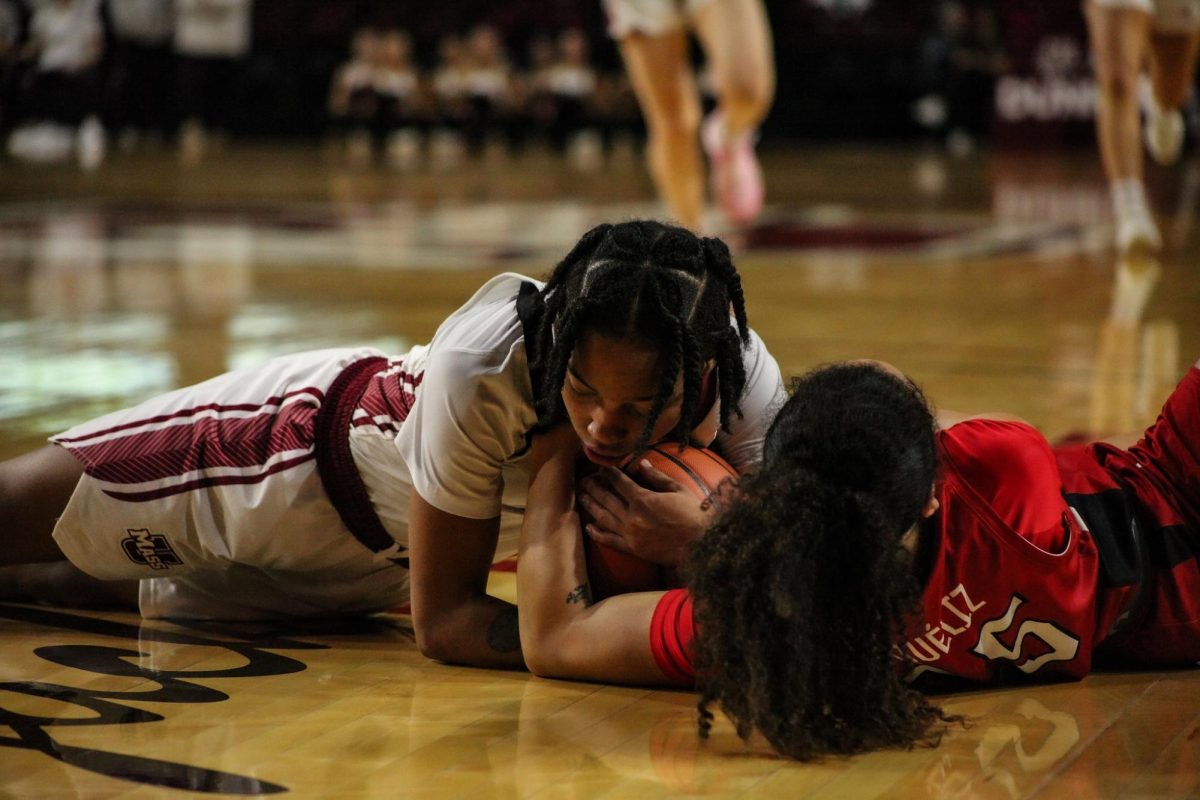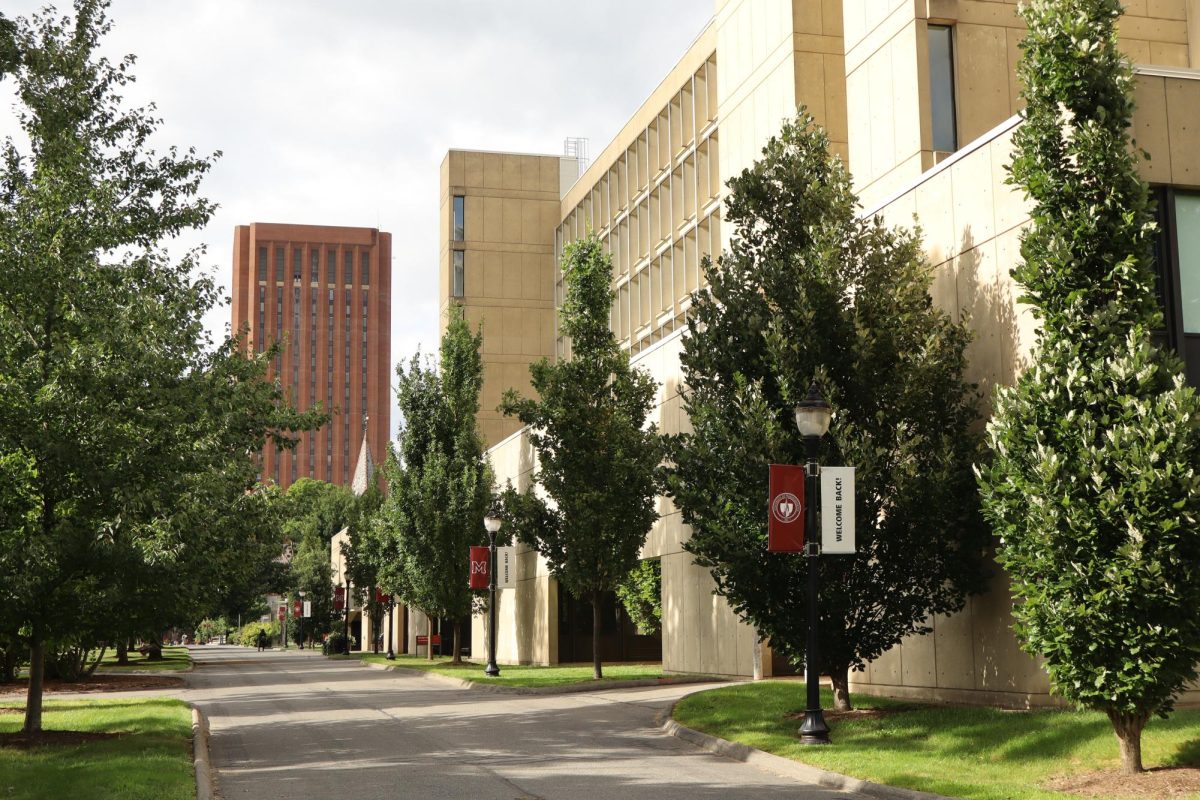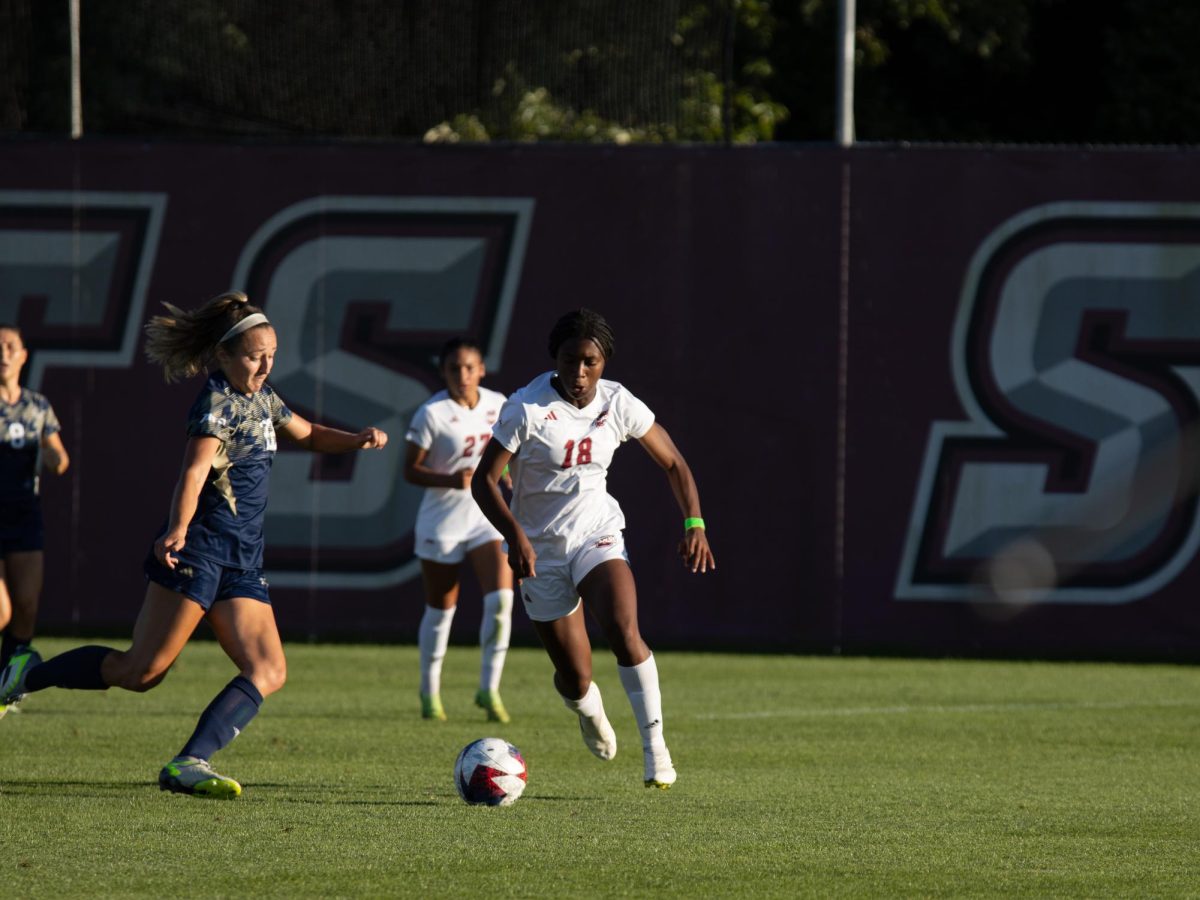University of Massachusetts Chancellor Kumble Subbawamy reported the initial proposals of campus administrators regarding how to safely return to campus this coming fall in an email to the campus community Monday afternoon.
The detailed report includes a proposal to bring the incoming freshmen class to campus for in-person classes in addition to some other students, possibly including seniors, a 50- to 66-percent reduction in class section sizes and an earlier start date for the semester, with students not returning to campus after Thanksgiving.
In May, Subbaswamy charged six working groups of UMass administrators, chaired by Provost John McCarthy, with developing recommendations for handling six different areas of campus life. The six groups – Teaching and Learning, Research and Libraries, Finance, Student Engagement and Residential Life, Healthy Fall 2020 and Workforce – were slated to present their findings to the chancellor by June 1.
The Teaching and Learning group suggested three possible plans for the academic calendar, all of which start the semester between one and three weeks early. Under the plan with the latest possible start date, now set to Sept. 1, the school would hold classes on Columbus Day and Veterans Day. Under an option for an Aug. 17 start date, the semester would be fully completed before Thanksgiving.
An analysis of course offerings by the group found that roughly 4,000 undergraduates and 400 graduate students are in “essential face-to-face courses.” The group proposed bringing these students back to campus, in addition to the roughly 5,000-person freshman class. An additional to-be-determined group of students, which could include any seniors not on the “essential face-to-face courses” list, may also return to campus.
Tuition for in-person and online students will be the same, according to the report.
In order to reduce classroom size, the school is considering extending the school day or holding weekend classes, which will give time for additional course sections.
Excess seating will be removed from classrooms when possible and lecture halls may have specific seating arrangements that distance students by the recommended 6 feet. Non-traditional classroom spaces that offer increased space, including Totman Gym or the Recreation Center, may be used for learning.
The Recreation Center, the proposal noted, “will be open so long as students and members will be able to use all physical distancing and cleaning best practices in all designated areas.”
The Student Engagement and Residential Life group put forth proposals for three different scenarios, one for a campus under normal operations — which they noted was unlikely for the fall — one for a partially populated campus and one for an entirely online fall semester.
Under the proposal for a reduced on-campus population, the group planned for residence halls to be at 50 percent capacity with one student per room, for a total of 7,433 available beds. However, the group recommended that some double occupancy rooms or suites may be used in the case where the students know their roommate and are comfortable sharing the space.
This proposal would also give priority housing to certain groups, including vulnerable students, such as those experiencing homelessness or those with health or disability accommodations, international students, “student employees in mission-critical roles,” student-athletes and seniors scheduled to graduate this fall.
Under a scenario in which fall classes are entirely remote, the group proposed providing beds to those students and continuing the on-campus living policies in place for those who remained on campus after March 13, when most students departed.
The proposal also noted the significant changes that will need to be made regarding on-campus dining. Amongst other measures, the school will expand barriers between dining hall employees and students, expand Grab ’N’ Go hours and seat students in accordance with the state’s reopening guidelines.
Amongst many other details, the Student Engagement and Residential Life group proposed “[redesigned] pedestrian flow through residential areas to minimize contact,” a no-guest policy in dorms, an extended move-in process and providing a “a healthy living starter kit” to students, including hand sanitizer, wipes and UMass-branded face masks.
The group went on to list a proposed accountability policy that included wearing face coverings, practicing social distancing, expectations on limited travel out of the area and completion of a COVID-19 symptom checklist before arriving on campus.
UMass is taking into account the Commonwealth of Massachusetts Reopening Massachusetts Plan and looks to reopen in “a measured stepwise fashion.” The underlying key planning principles currently being considered include the lack of natural immunity to COVID-19 among students and staff, high-risk individuals, Massachusetts reopening requirements, an increase of cases in Amherst and the surrounding communities and population density on campus.
The University is currently reopening research operations, the second step in a four-step plan to reopen campus. The first step allowed onsite personnel to return to campus. Step three will increase staff to support preparations for the fall semester, and step four is student re-population.
The proposal states that UMass community will be tested “just prior to arrival whenever possible or upon arrival” to campus in the fall. Mass testing will be conducted through UMass with Institute of Applied Life Sciences (IALS) support. This includes certified laboratory technicians, additional capacity for lab testing, and pre-scheduled testing in an “outdoor or large indoor venue, which allows for 6-foot physical distancing. University Health Services can currently run roughly 1,000 tests per day with a one-to-two-day turnaround time
Approximately 20,000 square feet of expanded space for UHS has been recommended in order to increase social distancing, as well as increased laboratory testing, a respiratory unit and non-COVID-19 healthcare operations. The University will not use antibody testing as a means for campus-based strategies at this time.
UMass will also create a public health surveillance team and a case management team on campus to support contact tracing and coordination of quarantine and isolation. Two hundred quarantine spaces will be reserved for ill or exposed on-campus students, likely in residence halls or in Campus Center Hotel rooms. The Emergency Operations team will be expanded as well, to include a COVID-19 Action Team, an Academic Space Planning Team and a Testing Team.
A central point of contact will be identified for departments to make requests for personal protective equipment (PPE). Students will receive a “welcome back kit” in the fall, which will include face coverings, hand sanitizer and safety protocols. Health kits will be distributed to departments and will include hand sanitizer and disinfectant wipes.
Students will be required to wear face coverings indoors or outdoors if a 6-foot distance cannot be maintained. UMass plans to develop a “social contract” for students to adhere to, providing them an opportunity to agree to practice behaviors and abide by policies designed to decrease transmission. In-person class attendance may be tracked and eating and drinking in classrooms may not be allowed. Class schedules may also be staggered in order to reduce density on campus. Mental health and social support will increase and include new programming.
Though the NCAA has not yet announced the status of fall sports, the school is proposing having student athletes return to campus on July 13. Details remained to be finalized on how athletes will socially distance in locker rooms, weight rooms and other “practice/competition venues.”
As the Daily Collegian’s Noah Bortle wrote, “With the school pledging to ‘follow NCAA guidelines,’ the preliminary plan offers little in the way of specific plans to return to play, but rather offers a first step toward having UMass teams take to the field in some manner come the fall.”
The announcement comes in advance of an open forum this Thursday for campus community members to voice their opinions on the proposals and ask questions of the administrators.
The University is looking for feedback from the UMass community and will release their final decision by June 30. Those interested in giving input can email [email protected].
Will Katcher can be reached at [email protected]. Ana Pietrewicz can be reached at [email protected].






















Carina Torres • Jun 8, 2020 at 10:18 pm
Hello, my name is Carina Torres and I am the mother of a student athlete. My main concern is the with the talk of Covid-19 returning in the fall and still seeing the numbers rise, why not go remotely for fall and see how it all plays out. My daughter is an out of state student and my biggest fear is the social interaction with so many people.
Thank you!
Patricia Gagliardi • Jun 8, 2020 at 7:50 pm
Freshman and sophomores should live on campus. Juniors and seniors often have apartments and can do online courses. The freshman class just missed out on their first spring semester and now will miss out on their sophomore year. Their college experience is being demolished.